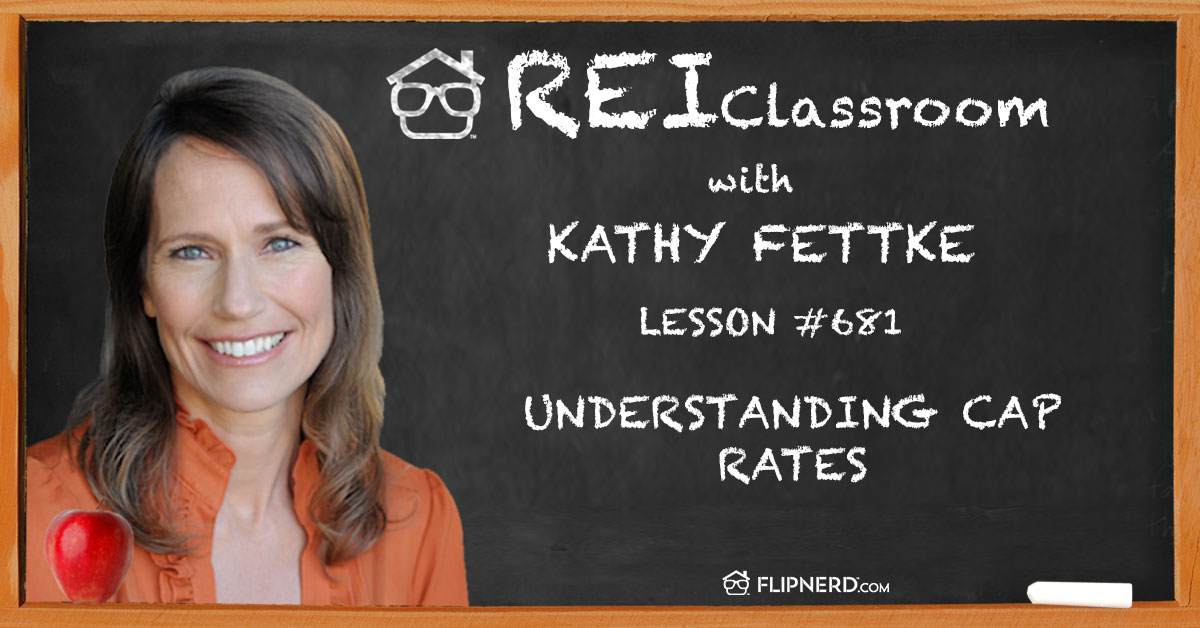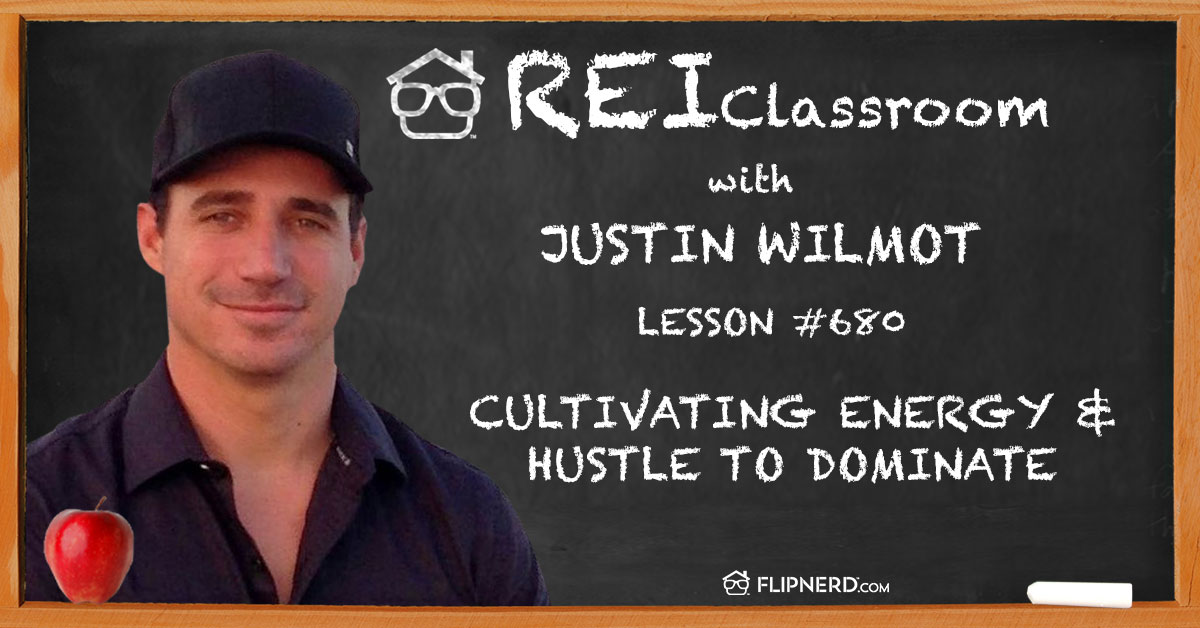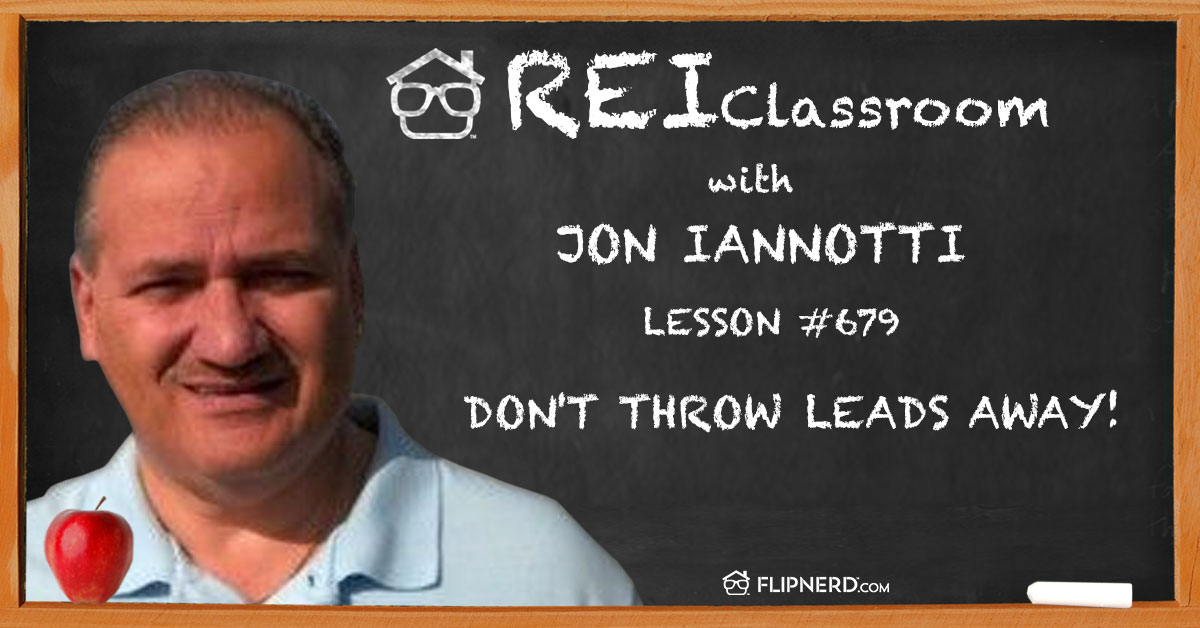Today’s REI Classroom Lesson
Tom Olson elaborates on the real estate cycle, including where we’re at now and predictions as to what’s to come.
REI Classroom Summary
The cycle, which includes recovery, expansion, hypersupply, and recession, has been shown to repeat every 18 years for hundreds of years in the past. http://www.dce.harvard.edu/professional/blog/how-use-real-estate-trends-predict-next-housing-bubble
Listen to this REI Classroom Lesson
Real Estate Investing Classroom Show Transcripts:
Mike: Welcome back to the flipnerd.com REI Classroom, where experts from across the real estate investing industry teach you quick lessons to take your business to the next level. And now, let’s meet today’s expert host.
Tom: Hello. This is Tom Olson and I’m happy to host you today for the REI Classroom. I’ve been asked several times by many of my investors who buy properties from me, and I’m in lots of different masterminds, but the conversation always comes up, are we in a bubble?
We just talk about this over and over again, and some people think we aren’t and some people think we are, and I have found some new information, dug a lot and researched a lot about where I think we are today. And I’m going to show you some slides today of an article. And I think it goes right along with what I believe where we are in today’s real estate cycle, and what to look out for and maybe to understand the different points of the things that you might want to look into to know where you’re at in your market in the real estate cycle.
Mike: This REI Classroom real estate lesson is sponsored by uglyopportunities.com.
Tom: So the first slide I want to show you guys is an article that I read and we’re going to share this link for you guys. So just something that I read and just a big major thing that I saw in this was the very first line there you see. And it says, “The next major bust, 18 years after the 1990 downturn, will be 2008 if there is no major interruption such as a global war.” And as you can see, Fred said this in 1997 and I think that’s very key to understand that what we saw in 2008 was very predictable, and people predicted it as early as 1997.
So the four things I want to talk to you about or the four different cycles are on the screen here. So really, you’ve got four main stages, and this happened . . . if you go back 200 years, you’re going to see this happen over and over and over again. And it basically tells you and teaches you the main, number one law that you have to look out for when it comes to real estate. It’s not always the same in all the businesses and working with the stock market, but for real estate we always, always go over supply and demand. It’s the most important thing to look at as far as to understand where you’re at in the real estate cycle.
And in the cycle, you have four major stages. And the first one is always recovery, the second one is expansion, the next one is hyper supply, and then we always end up with some kind of recession. If you look over the last 200 years, you will find that this happens about every 18 years. I know everybody says we have a seven-year cycle, and we do to a certain agree, but 18 years is when this type of stuff happens. And just to give you an over lining thing to look at, there are two major things to look at.
Number one is supply when it comes to actual houses. And then the second one would be the vacancy rates. So vacancy rates for rentals and also vacancy rates just for houses in general. So those are the two things that we can track as real estate investors. So new construction is very important in this. And as you can see, during recovery, you don’t really have new construction at that point, but you start seeing developers that know we just went through a recession and the developers who’re smart get into this as soon as possible.
But what happens when you have to develop land? It takes time. So normally when you’re developing a subdivision, it takes three, maybe even five years to get the subdivision up and running. So then, once the houses are starting to be built, then you start seeing us being in the expansion phase. And as the more and more houses get built and more and more apartments get built, you have this declining vacancy rate because there’s this demand that comes into the market.
Now, during that expansion phase, you’ll see a lot of new construction happening. Then you’ll also see the people on the tail end of this. You’ll see the people that should have gotten in as a developer five years ago, and they didn’t get in yet so now you’ll see a lot more development happen as well. Which leads us to when these people that start developing in the declining vacancy expansion phase actually come to market, then you have that third phase of hyper supply, where now we actually have too much supply in the market for the demand that it carries. And it’s not really any fault of anybody’s. It’s just the way real estate works. And so you’ll start seeing increased vacancy and you’ll still see a lot of new construction happen during that hyper supply.
Now, what happens there at that point? At that point, the prices stop going up because you have too much supply and not enough demand, the rents start leveling off or even going down, and when enough of that supply comes on the market, then we end up in a real estate recession. And during a real estate recession, we all know what happens there. You have increased vacancy, a lot of the houses now are going to be incomplete, and there’s just way too much supply in the market and not enough demand.
So I try to briefly explain that and this is probably a lot longer conversation, but I’ve got one last slide I’d like to show you. So if you read the article I showed you in the beginning and if you want my opinion on this as well, so my opinion is exactly what this guy’s opinion, thought as well is yes, we are definitely in the expansion stage. I don’t think we’re at hyper supply yet.
I think if you go back 200 years and look at where we should be just as a normal 2% or 3%, 4% appreciation rate on properties, just as where we should be in real estate, a lot of people are screaming and saying, “Oh my goodness. We’re back at 2006, 2007 rates.” And I’m like, “Okay. That’s fine,” but maybe in 2006, 2007, our prices were higher than they should be. But if you look at that in the 200-year sense of where we should actually be today so where should our prices be? How much should we be in our properties right now?
I would bet, and I’ve done other graphs to kind of prove this, I don’t have time to show those today, that we’re probably still lower than where we should be in a 200-year cycle. And really, you have to look at real estate as an investment. And if it’s an investment, it’s not a short-term thing. It’s a long-term investment. It’s not a flip. A flip is not an investment. A flip is trading.
So I hope that helps you. I think, like I said, if you look at this, we’re at number eight right now. We may be on our way to number nine. If you look at the 18-year cycle, what does that tell us? That tells us that sometime between 2020 and 2024 is where we really need to be looking into, where we are in our own business. And I also think that the two things that you wanted to measure and look at outside of your own business that would help you determine when that is going to peak and when that’s going to happen, there are two things you look at.
Number one is vacancy rate and number two would be new building permits. So look at new building permits and look at vacancy rates in your area specifically to understand where your area is at, and in the country as a sense as well. But if you look at that and all of a sudden you see a huge drop in new construction, the other thing to know is that the big boys know when this is coming. So the people that just study graphs all day understand what vacancies due to the prices. I hope that helps you today. Thank you so much for joining me today on the REI Classroom. I’ll see you next time.
Mike: HomeVestors, the “We Buy Ugly Houses” folks, is a franchised system of hundreds of real estate investors that have purchased over 65,000 houses. If you’d like to learn more about the most powerful real estate investing system in existence, whether you’re a pro looking to take your business to the next level or whether you have no experience at all, but a burning passion to be successful in real estate investing, please visit flipnerd.com/ugly to learn more.
Please note, the views and opinions as expressed by the individuals in this program do not necessarily reflect those of flipnerd.com or any of its partners, advertisers or affiliates. Please consult professionals before making any investment or tax decisions, as real estate investing can be risky.
Are you a member yet of flipnerd.com, the hottest real estate investing social community online? If not, you can join for free in less than 30 seconds and get access to hundreds of off-market deals, vendors in your market to help you in your business, and you can start networking with thousands of other investors just like you. Get your free account now at flipnerd.com.
Please check out the FlipNerd family of real estate investing shows where you can access hundreds of expert interviews, quick tips and lessons from leaders across the real estate investing industry. They’re available at flipnerd.com/shows or simply search for FlipNerd in the iTunes store.










